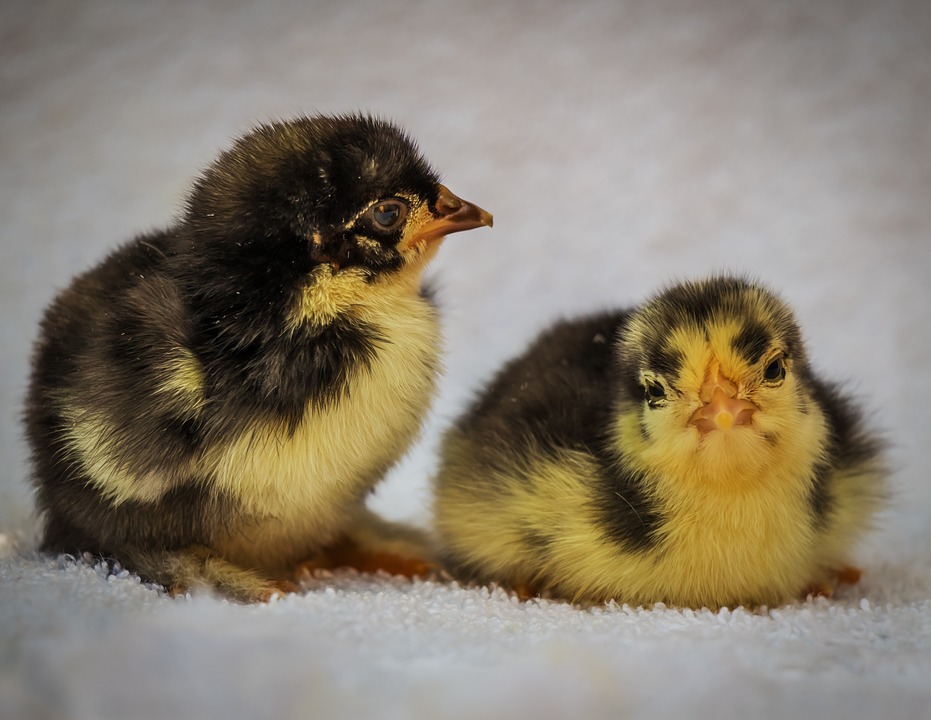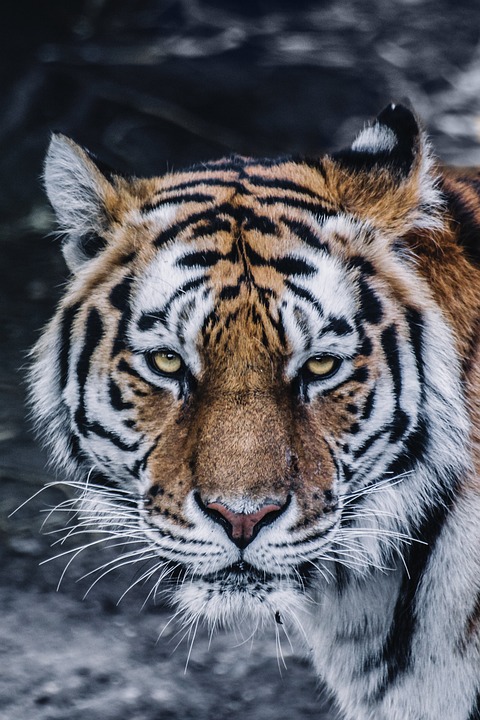Tiny Wheel Animals Steal Bacterial Genes to Make Their Own Antibiotics
In a fascinating discovery, researchers have found that tiny wheel animals, also known as rotifers, have the ability to steal bacterial genes to produce their own antibiotics. This groundbreaking study sheds light on the intricate relationship between these microscopic creatures and the bacteria they coexist with.
Rotifers are aquatic microorganisms that are known for their unique wheel-like appearance and remarkable resilience. Despite their small size, these creatures play a crucial role in the ecosystem by feeding on bacteria and other microorganisms. In a surprising twist, researchers have now found that rotifers have evolved a clever strategy to protect themselves from harmful bacteria by acquiring antibiotic genes from their microbial prey.
The study, published in the journal Science, reveals that rotifers possess a unique set of genes that are responsible for producing antibiotics. These genes are not found in the rotifer’s own genome but are instead acquired from the bacteria they consume. This phenomenon, known as horizontal gene transfer, allows rotifers to adapt to their environment and defend themselves against potential threats.
One of the most intriguing aspects of this discovery is the fact that rotifers are able to selectively acquire antibiotic genes from specific bacteria. This suggests that these tiny creatures have evolved a sophisticated mechanism for recognizing and incorporating beneficial genes into their own genetic makeup. By harnessing the antibiotic-producing capabilities of bacteria, rotifers are able to enhance their own immune defenses and ensure their survival in a competitive microbial world.
The implications of this research are far-reaching and could have significant implications for the field of antibiotic resistance. By studying how rotifers acquire and utilize antibiotic genes, scientists may gain valuable insights into new strategies for combating drug-resistant bacteria. This could potentially lead to the development of novel antibiotics that are more effective and less prone to resistance.
Overall, the discovery that tiny wheel animals are capable of stealing bacterial genes to make their own antibiotics highlights the remarkable adaptability and ingenuity of these microscopic creatures. By unraveling the complex interplay between rotifers and bacteria, researchers are uncovering new avenues for exploring the diversity of life on Earth and the potential for harnessing nature’s own defenses against infectious diseases.





